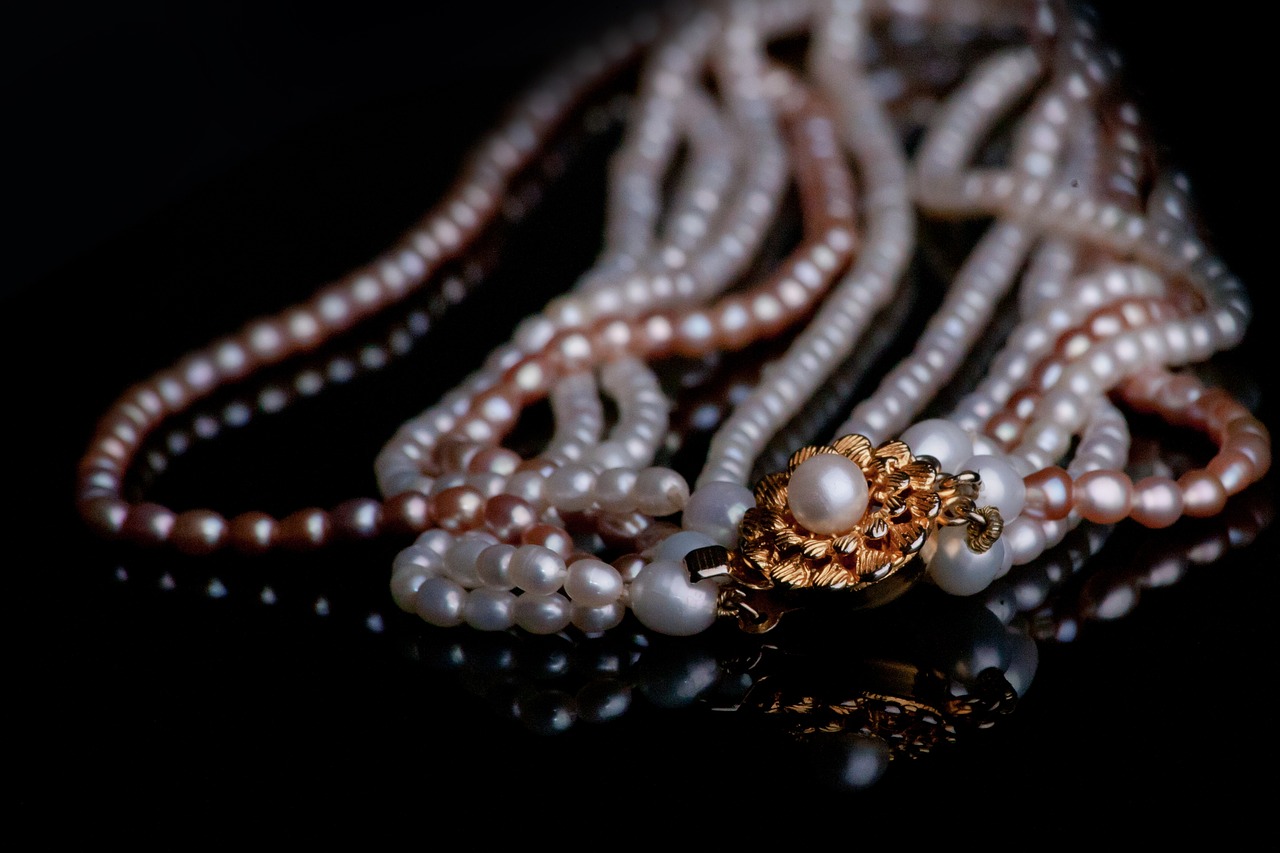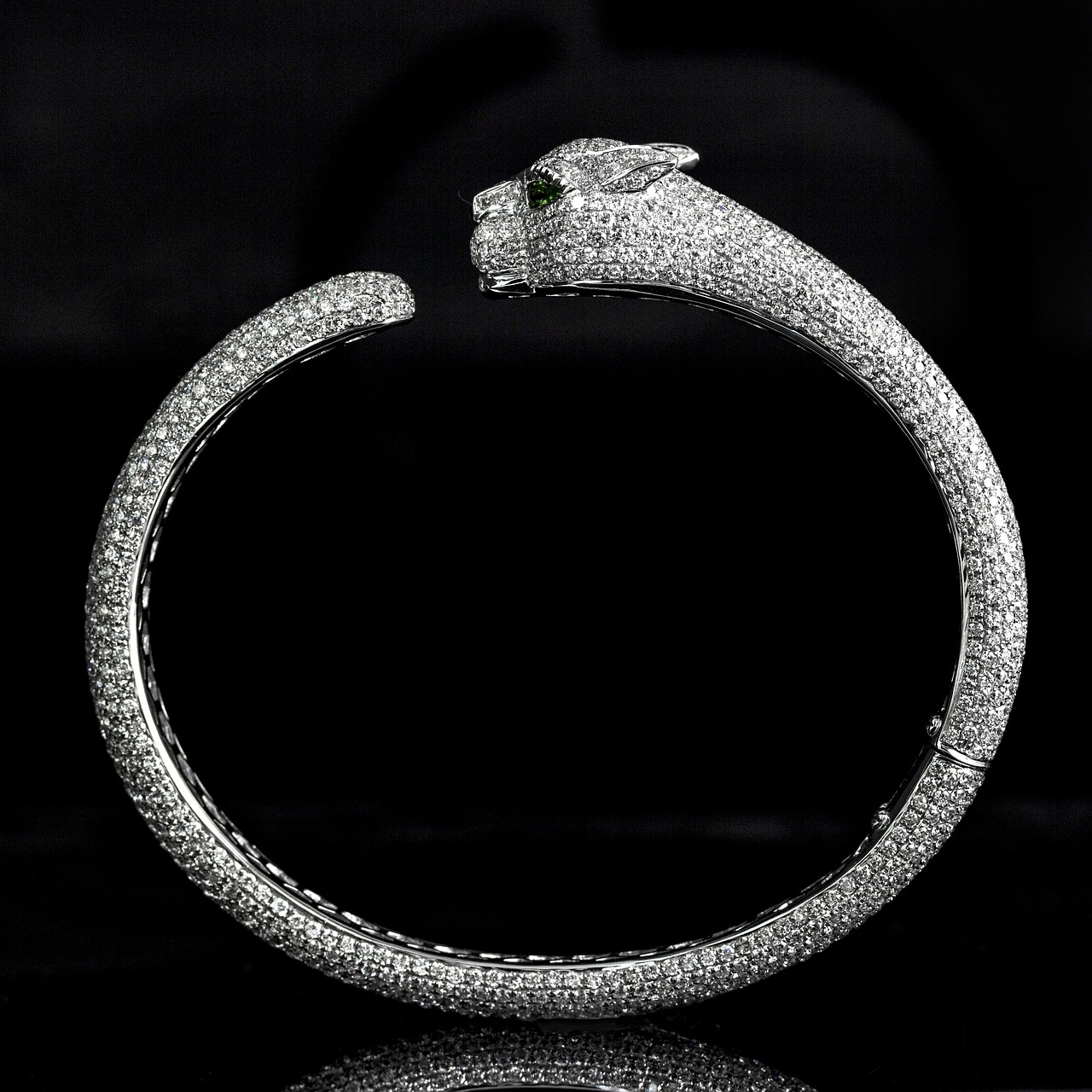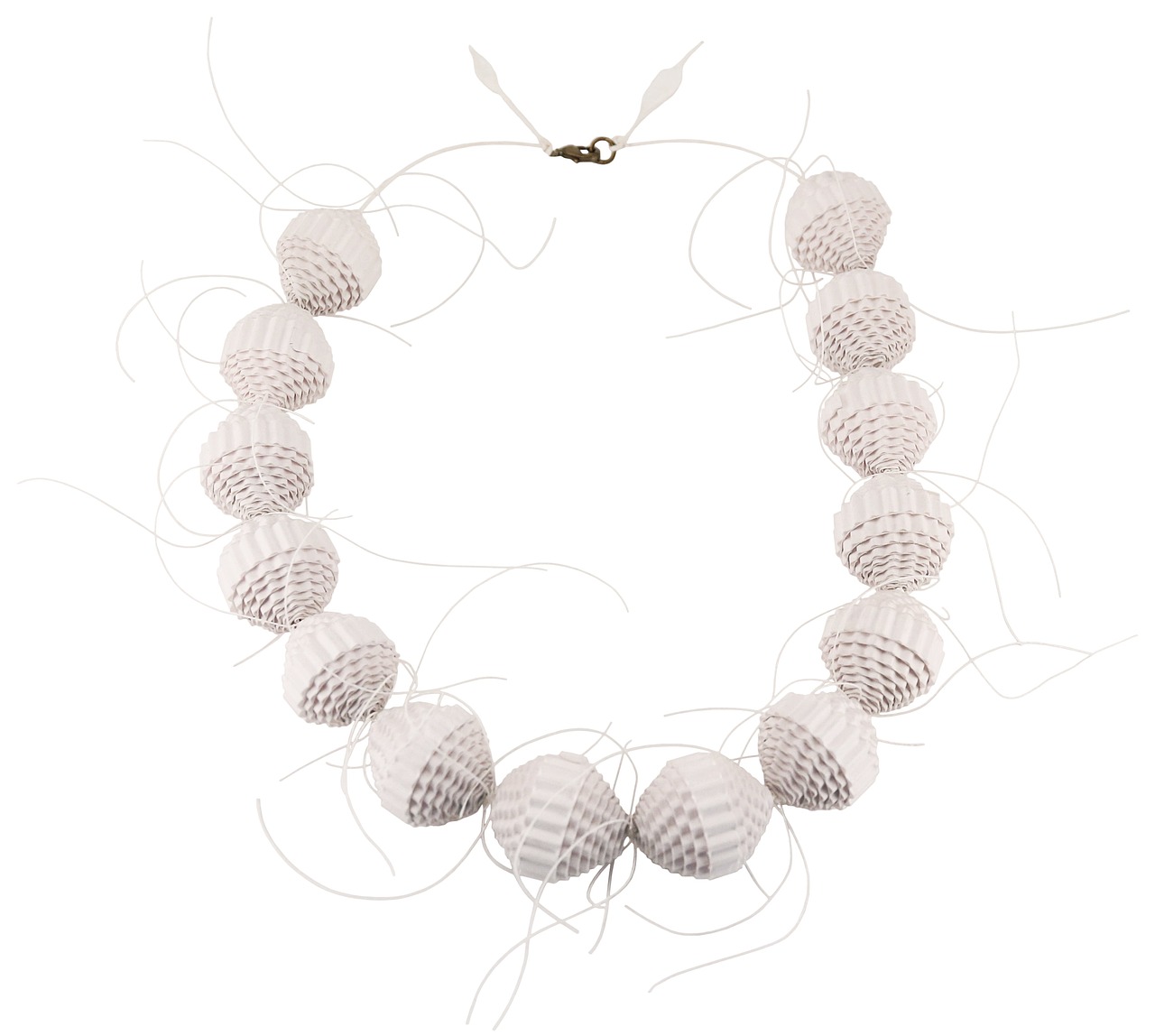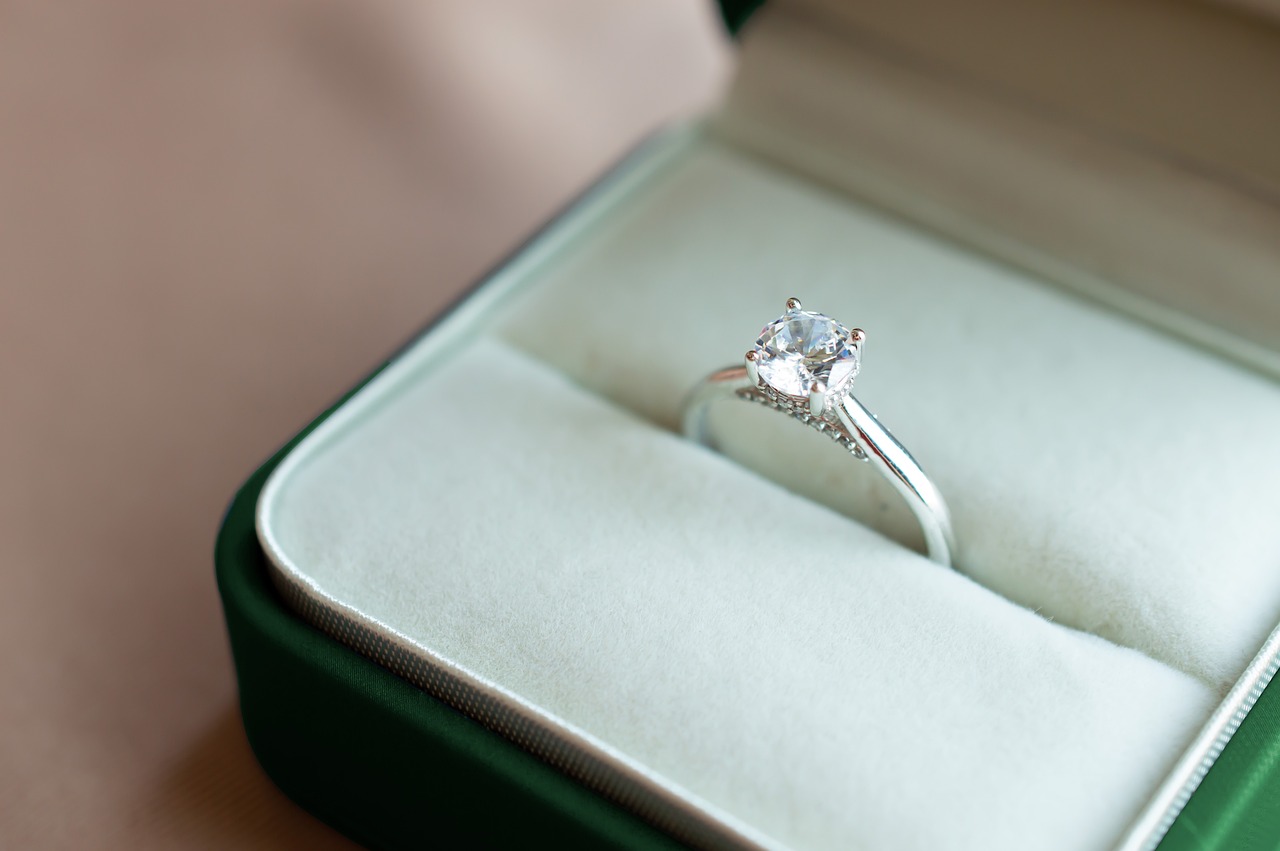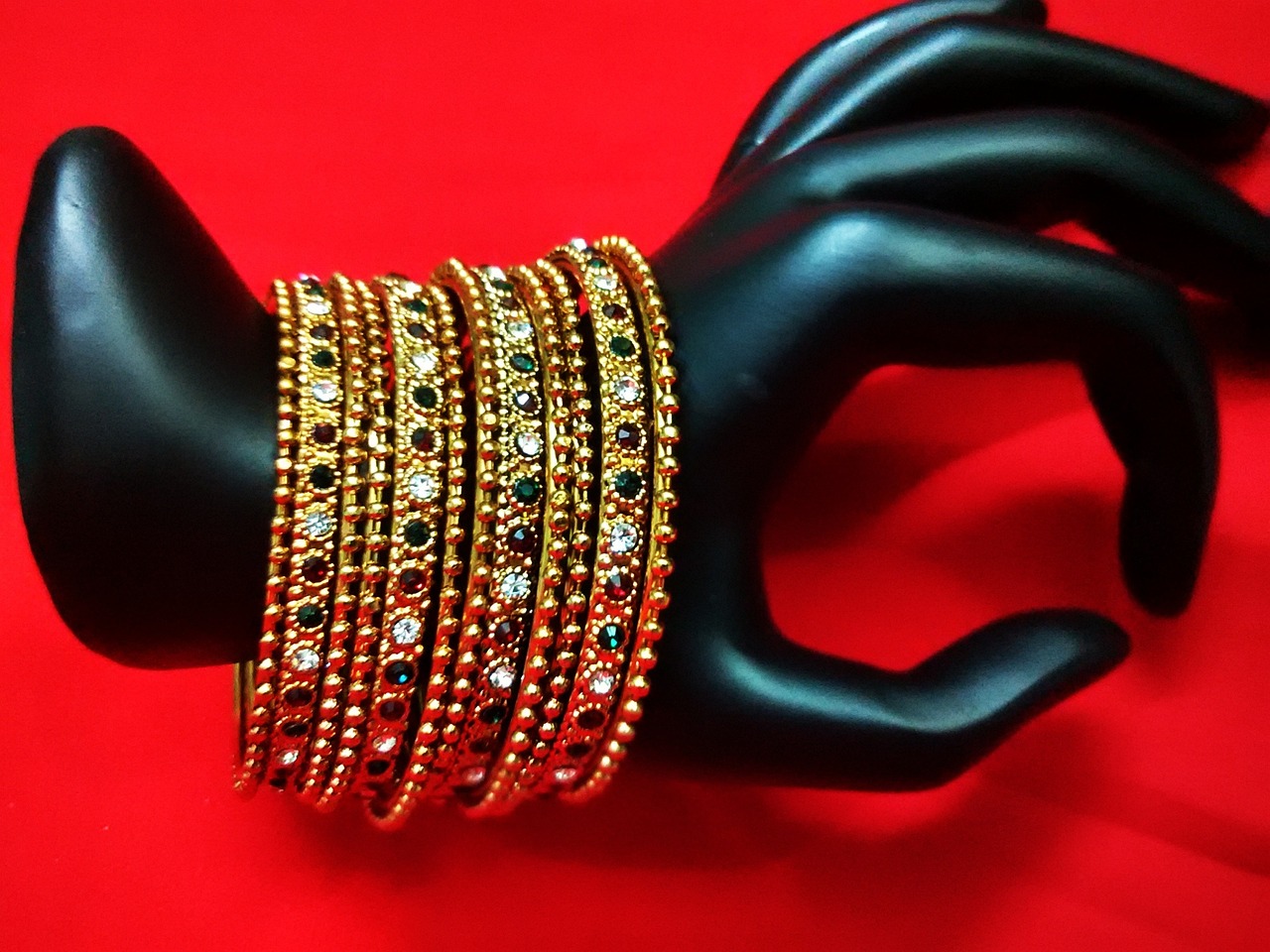This comprehensive guide covers essential tips and techniques for maintaining the beauty and longevity of your jewelry, ensuring it remains a cherished part of your collection for years to come. Proper jewelry care not only enhances the aesthetic appeal of your pieces but also preserves their value and integrity. In this guide, we will delve into effective cleaning methods, storage solutions, and preventative measures to keep your jewelry looking its best.
Why Is Jewelry Care Important?
Understanding the significance of jewelry care can help you preserve your pieces, preventing damage and maintaining their value over time. Jewelry often holds sentimental value, representing milestones and cherished memories. Regular maintenance ensures that these treasures remain in pristine condition, allowing you to enjoy them for many years.
How to Clean Different Types of Jewelry?
Different materials require specific cleaning methods. Here are some effective techniques:
- Cleaning Gold Jewelry: Gold jewelry is durable but can still tarnish. Use a soft cloth and a mild soap solution to gently clean your gold pieces. Avoid harsh chemicals that can scratch the surface.
- Cleaning Silver Jewelry: Silver jewelry is prone to tarnishing. Use a silver polishing cloth or a solution specifically designed for silver to restore its luster. Regular cleaning can prevent further tarnish buildup.
- Cleaning Gemstone Jewelry: Gemstones require special care. Use lukewarm water and a soft brush to clean them. Avoid submerging porous stones like opals or pearls in water.
Storage Solutions for Your Jewelry
Proper storage is essential for preventing scratches and tangles. Here are some effective storage options:
- Using Jewelry Boxes: Jewelry boxes are a classic storage solution. Choose a box with compartments to keep your pieces organized and minimize damage.
- Traveling with Jewelry: Traveling can pose risks to your jewelry. Use a travel case with individual compartments to safely pack and transport your pieces.
Common Mistakes to Avoid in Jewelry Care
Many jewelry owners unknowingly make mistakes that can lead to damage. Here are some common pitfalls:
- Using abrasive cleaning materials that can scratch surfaces.
- Storing jewelry in damp areas, which can lead to tarnishing.
- Wearing jewelry while swimming or exercising, exposing it to chemicals and sweat.
When to Seek Professional Cleaning Services?
Some jewelry pieces may require professional care. If you notice significant tarnish, loose stones, or intricate designs that are difficult to clean, it’s best to consult an expert for cleaning and maintenance to ensure your items remain in top condition.
How to Protect Jewelry from Damage?
Preventative measures can significantly extend the life of your jewelry. Consider the following strategies:
- Remove jewelry before engaging in activities that may cause damage, such as cleaning or exercising.
- Store pieces separately to avoid scratches and tangles.
- Regularly check for loose stones or clasps to catch potential issues early.
The Importance of Regular Inspections
Regularly inspecting your jewelry can help catch potential issues early. Look for signs of wear, such as frayed chains or loose stones, and address them promptly to maintain the integrity of your pieces.
Understanding Jewelry Insurance
Insuring your jewelry can provide peace of mind. Jewelry insurance protects against loss, theft, or damage. When obtaining coverage, consider the value of your pieces and consult with a professional to ensure adequate protection.
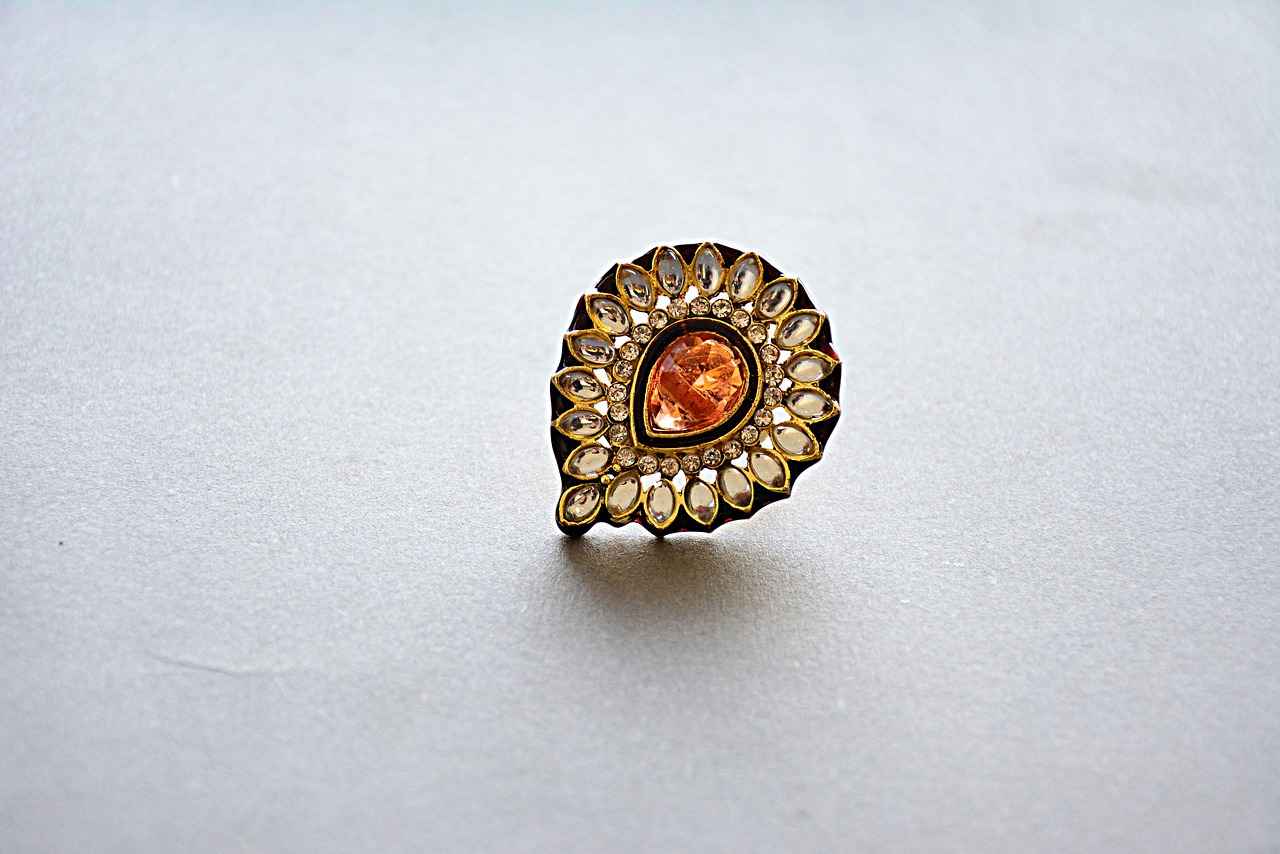
Why Is Jewelry Care Important?
Jewelry is not just an accessory; it often holds significant emotional and monetary value. Understanding the importance of jewelry care is crucial for anyone who wishes to maintain the beauty and integrity of their cherished pieces. Neglecting proper maintenance can lead to irreversible damage, diminished aesthetic appeal, and a decrease in value over time. This section delves into the reasons why jewelry care is essential and offers practical insights for preserving your treasured items.
- Preservation of Value: High-quality jewelry can be a significant investment. Regular care and maintenance help ensure that your pieces retain their value over time, making them worthwhile assets.
- Enhancing Aesthetic Appeal: Clean and well-maintained jewelry looks more attractive. Regular cleaning removes tarnish and dirt, allowing the true beauty of the materials and craftsmanship to shine through.
- Preventing Damage: Routine care can help identify potential issues before they escalate into costly repairs. For instance, loose stones or weakened clasps can be addressed early, preventing loss or further damage.
- Extending Lifespan: Just like any other valuable item, jewelry requires attention to last. Proper care techniques can significantly extend the lifespan of your pieces, allowing you to enjoy them for many years.
- Sentimental Value: Jewelry often carries emotional significance, such as gifts from loved ones or heirlooms passed down through generations. Taking care of these items ensures that their stories and memories remain intact.
The environment in which jewelry is stored and worn plays a critical role in its condition. Factors such as humidity, temperature, and exposure to chemicals can impact jewelry significantly. For example, moisture can lead to tarnishing, while extreme temperatures can weaken certain materials. Being mindful of these environmental factors is vital in preventing damage.
- Using Harsh Chemicals: Many people make the mistake of using abrasive cleaners or harsh chemicals that can damage delicate materials. Always opt for gentle cleaning solutions specifically designed for jewelry.
- Neglecting Regular Inspections: Failing to regularly check your jewelry for damage can lead to bigger problems down the line. Make it a habit to inspect your pieces periodically.
- Improper Storage: Storing jewelry in a disorganized manner can lead to scratches and tangles. Use appropriate storage solutions to keep your items safe and secure.
Incorporating jewelry care into your daily routine doesn’t have to be time-consuming. Simple practices, such as removing jewelry before engaging in activities that could cause damage (like exercising or swimming), can go a long way. Additionally, setting aside a few minutes each month to clean and inspect your pieces can help maintain their condition.
In conclusion, understanding the significance of jewelry care is paramount for any jewelry owner. By recognizing the benefits of proper maintenance, being aware of environmental factors, avoiding common mistakes, and integrating care practices into your routine, you can ensure that your jewelry remains beautiful and valuable for years to come. Investing a little time and effort into your jewelry care will pay off in the long run, allowing you to enjoy your treasured pieces without worry.

How to Clean Different Types of Jewelry?
Jewelry is not just an accessory; it often holds sentimental value and can be a significant investment. Understanding how to clean different types of jewelry is crucial for maintaining their beauty and longevity. Each material requires specific care to avoid damage while ensuring they continue to shine. Below, we delve into the best practices for cleaning gold, silver, gemstones, and costume jewelry.
Gold jewelry, known for its durability, can still become tarnished or scratched over time. To clean gold effectively:
- Prepare a Cleaning Solution: Mix warm water with a few drops of mild dish soap.
- Soak: Let your gold jewelry soak in the solution for about 15-20 minutes.
- Gently Scrub: Use a soft toothbrush to gently scrub intricate designs and settings.
- Rinse and Dry: Rinse under warm water and dry with a soft cloth.
Silver jewelry is prone to tarnishing, which can dull its shine. To restore its luster, follow these steps:
- Use a Silver Polish: Apply a small amount of silver polish to a soft cloth and gently rub the surface.
- Baking Soda Paste: For tough tarnish, mix baking soda with water to form a paste, apply it, and rinse thoroughly.
- Store Properly: To prevent tarnishing, store silver in anti-tarnish pouches or cloths.
Gemstones require special care due to their unique properties. Here’s how to clean them without causing damage:
- Identify the Gemstone: Different gemstones have varying hardness levels and care requirements.
- Use Mild Soap: For most gemstones, a solution of mild soap and water is safe. Avoid harsh chemicals.
- Soft Cloth or Brush: Clean with a soft cloth or a gentle brush, especially for intricate settings.
- Dry Thoroughly: Ensure the piece is completely dry to prevent moisture buildup.
Costume jewelry can be delicate and often features materials that may react poorly to harsh cleaning agents. Here’s how to care for these pieces:
- Avoid Water: Instead of soaking, use a damp cloth to wipe the surface.
- Use a Soft Brush: For intricate designs, use a soft brush to remove dirt and dust.
- Store Carefully: Keep costume jewelry in a dry place, away from direct sunlight to prevent fading and damage.
In conclusion, knowing how to clean different types of jewelry effectively is essential for preserving their beauty and value. By following these tailored cleaning methods, you can ensure that your cherished pieces remain in excellent condition for years to come.
Cleaning Gold Jewelry
is essential for maintaining its beauty and ensuring it lasts for generations. While gold is known for its durability and resistance to tarnish, it can still accumulate dirt, oils, and scratches over time. Understanding the best practices for cleaning gold jewelry will help you keep your pieces shiny and free of imperfections.
Gold jewelry can tarnish due to exposure to various elements such as air, moisture, and chemicals. Even though pure gold is non-reactive, most gold jewelry is alloyed with other metals like copper or silver, which can lead to tarnishing. This section explains how environmental factors contribute to the tarnishing process and the importance of regular cleaning.
- Use Mild Soap and Water: A simple solution of warm water and a few drops of mild dish soap is often sufficient. Soak your jewelry for about 15 minutes, then gently scrub with a soft-bristled toothbrush to remove any built-up grime.
- Rinse Thoroughly: After cleaning, rinse your jewelry under lukewarm water to remove any soap residue. Ensure the drain is covered to avoid losing any pieces.
- Dry with a Soft Cloth: Use a clean, soft microfiber cloth to gently dry your jewelry. Avoid using paper towels or rough fabrics that could scratch the surface.
- Use a Jewelry Cleaner: For more stubborn tarnish, consider using a commercial jewelry cleaner specifically designed for gold. Always follow the manufacturer’s instructions.
To keep your gold jewelry looking its best, consider the following tips:
- Avoid Wearing During Activities: Remove your gold jewelry before engaging in physical activities or household chores to prevent scratches.
- Store Properly: Keep your gold pieces in a soft-lined jewelry box or pouches to minimize contact with other items.
- Limit Exposure to Chemicals: Avoid exposing your jewelry to harsh chemicals found in cleaning products, perfumes, and lotions, as they can cause damage over time.
While regular cleaning at home is essential, some pieces may require professional care. If your gold jewelry has intricate designs, embedded stones, or severe tarnish, consulting a professional jeweler can ensure it is cleaned without risk of damage.
Maintaining the shine and integrity of your gold jewelry is achievable with proper care and regular cleaning. By following these best practices and being mindful of how you store and wear your pieces, you can enjoy your gold jewelry for years to come. Remember, a little attention goes a long way in preserving the beauty of your cherished items.
Cleaning Silver Jewelry
is essential for maintaining its beauty and preventing tarnish buildup. Silver jewelry, while stunning, is notorious for tarnishing due to exposure to air, moisture, and certain chemicals. This section will guide you through effective cleaning techniques and products that can help restore the luster of your silver pieces.
Tarnishing occurs when silver reacts with sulfur compounds in the air, leading to a dull and discolored surface. Factors like humidity, skin oils, and exposure to harsh chemicals can accelerate this process. Understanding these causes can help you take proactive measures to protect your silver jewelry.
- Using a Silver Polishing Cloth: One of the simplest methods is to use a specialized silver polishing cloth. Gently rub the cloth over the tarnished areas to remove oxidation without scratching the surface.
- Soap and Water Solution: Mix mild dish soap with warm water. Soak your silver jewelry for a few minutes, then gently scrub with a soft toothbrush. Rinse thoroughly and dry with a soft cloth.
- Baking Soda Paste: Create a paste using baking soda and water. Apply it to the tarnished areas using a soft cloth or sponge. Rinse well and dry completely. This method is effective for stubborn tarnish.
- Aluminum Foil and Baking Soda Method: Line a bowl with aluminum foil, add hot water, and mix in baking soda. Soak your silver jewelry in this solution for a few minutes. The chemical reaction will lift tarnish off the silver.
When selecting cleaning products, it’s crucial to choose those specifically designed for silver. Look for:
- Silver Polish: Use a reputable brand that is gentle on your jewelry.
- Jewelry Cleaning Solution: These solutions are formulated to clean and protect silver without causing damage.
To keep your silver jewelry looking its best, consider these preventive measures:
- Store Properly: Keep silver jewelry in a cool, dry place, preferably in an anti-tarnish pouch or cloth.
- Avoid Exposure: Remove silver jewelry before swimming, showering, or applying lotions and perfumes.
- Regular Cleaning: Make it a habit to clean your silver jewelry regularly, even if it doesn’t appear tarnished.
Some silver pieces, especially those with intricate designs or gemstones, may require professional cleaning. If you notice deep tarnish that doesn’t respond to home methods, or if you’re uncertain about the cleaning process, consult a professional jeweler.
By implementing these cleaning techniques and preventive measures, you can ensure that your silver jewelry remains radiant and cherished for years to come. Regular care not only enhances the beauty of your pieces but also preserves their value, making them a timeless addition to your collection.
Cleaning Gemstone Jewelry
is essential for maintaining the beauty and integrity of your precious stones. Gemstones, with their unique colors and brilliance, require special attention during cleaning to avoid damage. Below are safe and effective methods to clean various types of gemstones, ensuring they remain dazzling for years to come.
Gemstones can be delicate, and improper cleaning methods can lead to scratches, dullness, or even fractures. Each gemstone has its own unique properties, which dictate the best cleaning practices. Understanding these differences is crucial for preserving the beauty and value of your jewelry.
- Warm Soapy Water: For most gemstones, a solution of warm water and mild soap is a safe cleaning method. Use a soft cloth or a gentle brush to remove dirt and grime. Rinse thoroughly with clean water and dry with a soft towel.
- Ultrasonic Cleaners: While ultrasonic cleaners can be effective for some gemstones, they should be used with caution. Avoid using them on softer stones like opal, emerald, or turquoise, as the vibrations can cause damage.
- Steam Cleaning: This method can be suitable for durable stones such as diamond or sapphire. However, be aware that steam cleaning can be risky for porous stones, which can absorb moisture.
- Professional Cleaning: For valuable or intricate pieces, consider seeking professional cleaning services. Experts have specialized tools and knowledge to clean your gemstones without risking damage.
When it comes to cleaning gemstone jewelry, there are several common mistakes to avoid:
- Using Harsh Chemicals: Avoid cleaners that contain bleach, ammonia, or other harsh chemicals, as these can damage the stone’s surface.
- Scrubbing Too Hard: Using abrasive materials or scrubbing too aggressively can scratch the gemstone. Always opt for soft cloths or brushes.
- Neglecting to Rinse: Failing to rinse off soap residue can lead to a dull appearance. Always rinse thoroughly after cleaning.
It’s advisable to clean your gemstone jewelry regularly, especially if you wear it frequently. A good rule of thumb is to clean your pieces every few weeks. However, if you notice that your gemstones are looking dull or dirty, don’t hesitate to clean them sooner.
Proper storage is just as important as cleaning. Store your gemstone jewelry in a soft pouch or a separate compartment in your jewelry box to prevent scratches. Avoid placing different types of jewelry together, as this can lead to damage.
By following these guidelines for , you can maintain the beauty and integrity of your precious stones. Regular care and attention will ensure that your gemstones continue to shine brightly, enhancing your jewelry collection for years to come.

Storage Solutions for Your Jewelry
Proper storage is essential for preventing scratches and tangles in your jewelry collection. Whether you own delicate necklaces, cherished rings, or statement earrings, the way you store these pieces can significantly impact their longevity and appearance. Here, we will explore various storage options that can help keep your jewelry organized and protected.
Why is Proper Jewelry Storage Important?
Jewelry can easily become damaged if not stored correctly. Scratches, tangles, and even loss can occur when pieces are left unprotected. By utilizing appropriate storage solutions, you can ensure that your jewelry remains in pristine condition, ready to wear whenever you desire.
Jewelry Boxes: A Timeless Solution
Jewelry boxes are one of the most popular storage solutions available. When choosing a jewelry box, consider the following:
- Material: Opt for a box made from high-quality materials such as wood or leather to provide durability.
- Compartments: Look for a box with multiple compartments to separate different types of jewelry and prevent tangling.
- Padding: Soft lining inside the box can help protect your pieces from scratches.
Using Drawers and Trays
If you have a larger collection, consider using drawers or trays specifically designed for jewelry. These can be placed in a dresser or closet and can help keep your pieces organized. Here are some tips:
- Drawer Dividers: Use dividers to create sections for different types of jewelry.
- Stackable Trays: These allow you to maximize storage space while keeping items visible and accessible.
Traveling with Jewelry: How to Pack Safely
Traveling poses unique challenges for jewelry storage. To ensure your pieces remain safe during transit, follow these guidelines:
- Use a Travel Case: Invest in a travel case specifically designed for jewelry, which often includes compartments and padding.
- Wrap Individually: Wrap each piece in soft cloth or tissue paper to prevent scratches.
- Avoid Packing in Checked Luggage: Always keep your jewelry in your carry-on bag to reduce the risk of loss.
Creative Storage Solutions
For those looking for unique ways to store their jewelry, consider these creative ideas:
- Wall-Mounted Displays: Use hooks or a decorative board to hang necklaces, allowing for easy access and display.
- Glass Jars: Small glass jars can serve as charming storage for earrings or rings while adding a decorative touch to your space.
Conclusion
By implementing these storage solutions, you can effectively protect your jewelry from damage while keeping it organized and easily accessible. Remember, investing time in proper storage not only maintains the beauty of your pieces but also prolongs their lifespan, ensuring they remain a treasured part of your collection for years to come.
Using Jewelry Boxes
Jewelry boxes are an essential component of jewelry care, serving as a classic storage solution that not only keeps your pieces organized but also protects them from damage. With a variety of styles and materials available, choosing the right jewelry box can significantly enhance the longevity of your collection.
When it comes to protecting your jewelry, a dedicated jewelry box offers numerous advantages:
- Prevention of Scratches: Jewelry boxes are designed with soft interiors that help prevent scratches on delicate pieces.
- Organization: Compartments and dividers in jewelry boxes keep items separated, minimizing the risk of tangling or damage.
- Dust Protection: Keeping your jewelry in a box shields it from dust and environmental factors that can dull its shine.
Selecting the ideal jewelry box involves considering several factors:
- Size: Ensure the box is spacious enough to accommodate your collection, with room for future additions.
- Material: Choose a box made from quality materials, such as wood, leather, or fabric, which can offer durability and aesthetic appeal.
- Design: Look for a design that complements your personal style while providing functionality.
Once you have your jewelry box, organizing it effectively is crucial:
- Sort by Type: Group similar items together, such as necklaces, rings, and earrings, to make finding pieces easier.
- Use Dividers: Utilize compartments or dividers to keep items separated and prevent them from scratching each other.
- Store in a Cool, Dry Place: Position your jewelry box in a location that avoids direct sunlight and moisture, which can cause damage.
To ensure your jewelry box remains in good condition:
- Regular Cleaning: Dust the interior and exterior of your jewelry box regularly to keep it looking pristine.
- Check for Damage: Inspect your box for any signs of wear or damage, such as loose hinges or scratches, and address them promptly.
- Keep it Locked: If your jewelry is valuable, consider a box with a lock for added security.
In conclusion, a well-chosen and organized jewelry box is an investment in the longevity and beauty of your jewelry collection. By following these tips, you can ensure that your pieces remain safe, secure, and stunning for years to come.
Traveling with Jewelry
Traveling with your favorite jewelry can be both exciting and nerve-wracking. While it’s wonderful to adorn yourself with beautiful pieces, the risk of damage, loss, or theft can make you hesitant to bring them along. In this section, we will provide you with essential tips on how to safely pack and transport your jewelry while on the go, ensuring that your treasured items remain secure and intact.
When it comes to traveling with jewelry, proper packing is crucial. Here are some effective strategies:
- Use a Travel Jewelry Organizer: Invest in a compact jewelry organizer that features separate compartments. This helps prevent tangling and scratching. Look for one with soft lining to protect your pieces.
- Wrap Individual Pieces: For added protection, wrap delicate items like necklaces and bracelets in soft cloth or tissue paper. This minimizes the risk of scratches and keeps them safe from impact.
- Keep It Close: Always keep your jewelry in your carry-on luggage rather than checked bags. This reduces the risk of loss or theft during travel.
Not all jewelry is created equal, and some pieces require more attention when traveling. Here’s a quick guide:
- Fine Jewelry: Items made with precious metals and gemstones should be treated with the utmost care. Ensure they are securely packed and consider wearing them during travel for added security.
- Costume Jewelry: While less valuable, costume jewelry can still be easily damaged. Avoid exposing it to moisture and extreme temperatures.
Unfortunately, traveling can make you a target for theft. Here are some tips to keep your jewelry safe:
- Limit What You Bring: Only take the pieces you plan to wear. Leaving valuable items at home reduces the risk of loss.
- Use a Hotel Safe: When you reach your destination, store your jewelry in the hotel safe. This adds an extra layer of security while you explore.
- Be Aware of Your Surroundings: Always stay vigilant, especially in crowded areas. Keep your jewelry discreet and avoid flaunting it.
Accidents can happen, even with the best precautions. Here’s how to handle jewelry damage:
- Assess the Damage: Check the extent of the damage to determine if it can be fixed on your own or if professional help is needed.
- Find a Local Jeweler: If necessary, research local jewelers at your travel destination who can assist with repairs.
- Document the Damage: Take photos and keep receipts if repairs are needed for insurance purposes.
By following these tips, you can enjoy your travels without the constant worry of your jewelry. Remember, the key to traveling with jewelry is preparation and awareness. With the right strategies in place, you can keep your cherished pieces safe and secure, allowing you to focus on making unforgettable memories.

Common Mistakes to Avoid in Jewelry Care
Jewelry is often more than just an accessory; it holds sentimental value and can represent significant life moments. However, many jewelry owners unknowingly make mistakes that can lead to damage, diminishing the beauty and value of their cherished pieces. In this section, we will identify common pitfalls in jewelry care and offer practical advice on how to avoid them for optimal maintenance.
- Neglecting Regular Cleaning: Many people forget to clean their jewelry regularly. Dirt, oils, and grime can accumulate, dulling the shine. It’s essential to establish a cleaning routine tailored to the material of your jewelry.
- Improper Storage: Storing jewelry haphazardly can lead to scratches and tangles. Always use appropriate storage solutions, such as jewelry boxes or pouches, to keep your pieces protected.
- Wearing Jewelry During Activities: Engaging in sports, gardening, or cleaning while wearing jewelry can expose it to harsh chemicals and physical damage. It’s advisable to remove jewelry before participating in such activities.
- Ignoring Professional Maintenance: Some pieces, especially those with intricate designs or valuable gemstones, may require professional cleaning and maintenance. Don’t hesitate to consult an expert when needed.
- Using Harsh Chemicals: Many people mistakenly use household cleaners on their jewelry. These substances can damage metals and gemstones. Always opt for gentle cleaning solutions specifically designed for jewelry.
To ensure the longevity of your jewelry, consider the following tips:
- Establish a Cleaning Schedule: Depending on the type of jewelry, aim to clean your pieces every few weeks. For instance, gold jewelry can be cleaned with mild soap and water, while silver may require a special polish.
- Invest in Quality Storage: Use a jewelry box with compartments to prevent pieces from scratching each other. Consider using anti-tarnish pouches for silver items to minimize tarnishing.
- Be Mindful of Activities: Create a habit of removing jewelry before engaging in activities that could cause damage. This simple step can significantly extend the life of your pieces.
- Schedule Professional Cleanings: Depending on usage, consider having your jewelry professionally cleaned and inspected at least once a year. Professionals can spot issues that may not be visible to the untrained eye.
- Choose Safe Cleaning Products: Research and select cleaning products that are safe for the specific metals and gemstones in your collection. When in doubt, consult a jeweler for recommendations.
By avoiding common mistakes and adopting proper jewelry care practices, you can:
- Maintain the Beauty: Regular cleaning and proper storage will keep your jewelry looking as stunning as the day you bought it.
- Preserve Value: Well-maintained jewelry retains its value over time, making it a worthwhile investment.
- Enhance Longevity: Taking care of your pieces ensures they can be enjoyed for generations, creating lasting memories.
In conclusion, understanding and avoiding common jewelry care mistakes is crucial for every jewelry owner. By implementing these tips, you can keep your precious pieces shining brightly and protect your investment for years to come.

When to Seek Professional Cleaning Services?
Jewelry, often considered a symbol of elegance and personal expression, requires diligent care to maintain its beauty and value. While regular cleaning at home can suffice for many pieces, there are specific instances when seeking professional cleaning services becomes essential. Understanding when to consult an expert can help ensure your cherished items remain in top condition.
Not all jewelry is created equal, and some pieces are more delicate or intricate than others. Here are some types of jewelry that often benefit from professional attention:
- Antique or Vintage Jewelry: These pieces may have unique settings or materials that require specialized cleaning techniques to avoid damage.
- Fine Jewelry with Precious Stones: Gemstones like emeralds, opals, and pearls can be sensitive to harsh cleaning agents. Professionals use gentle methods to preserve their integrity.
- Heavily Tarnished Silver: If your silver jewelry is significantly tarnished, a professional cleaner can restore it without scratching the surface.
- Intricately Designed Pieces: Jewelry with intricate designs may trap dirt and oils that are hard to remove without professional tools.
Recognizing the signs that your jewelry needs professional care can save you from costly repairs or irreversible damage. Here are some indicators:
- Visible Dirt and Grime: If your jewelry appears dull and dirty despite regular cleaning, it may be time for a professional deep clean.
- Loose Stones: If you notice any stones that seem loose in their settings, it’s crucial to seek expert help to prevent loss.
- Scratches or Damage: For pieces that show signs of wear and tear, a professional can polish and repair them effectively.
- Change in Color: If the color of your jewelry has changed or faded, an expert can assess and restore its original luster.
Investing in professional cleaning services offers numerous advantages:
- Expert Knowledge: Professionals are trained to handle various materials and can identify the best cleaning methods for your specific pieces.
- Advanced Tools and Techniques: They have access to specialized equipment that can clean and restore jewelry more effectively than home methods.
- Preventive Maintenance: Regular professional cleaning can help identify potential issues early, prolonging the life of your jewelry.
When selecting a cleaning service, consider the following:
- Reputation: Look for reviews and testimonials from previous clients to gauge the reliability of the service.
- Experience: Choose a service with a proven track record in handling the type of jewelry you own.
- Certifications: Ensure that the professionals are certified and adhere to industry standards for jewelry care.
In conclusion, while regular at-home care is vital for maintaining your jewelry, certain pieces and conditions warrant the expertise of a professional. By recognizing the signs that indicate a need for professional cleaning and understanding the benefits it offers, you can ensure your jewelry remains a cherished part of your collection for years to come.
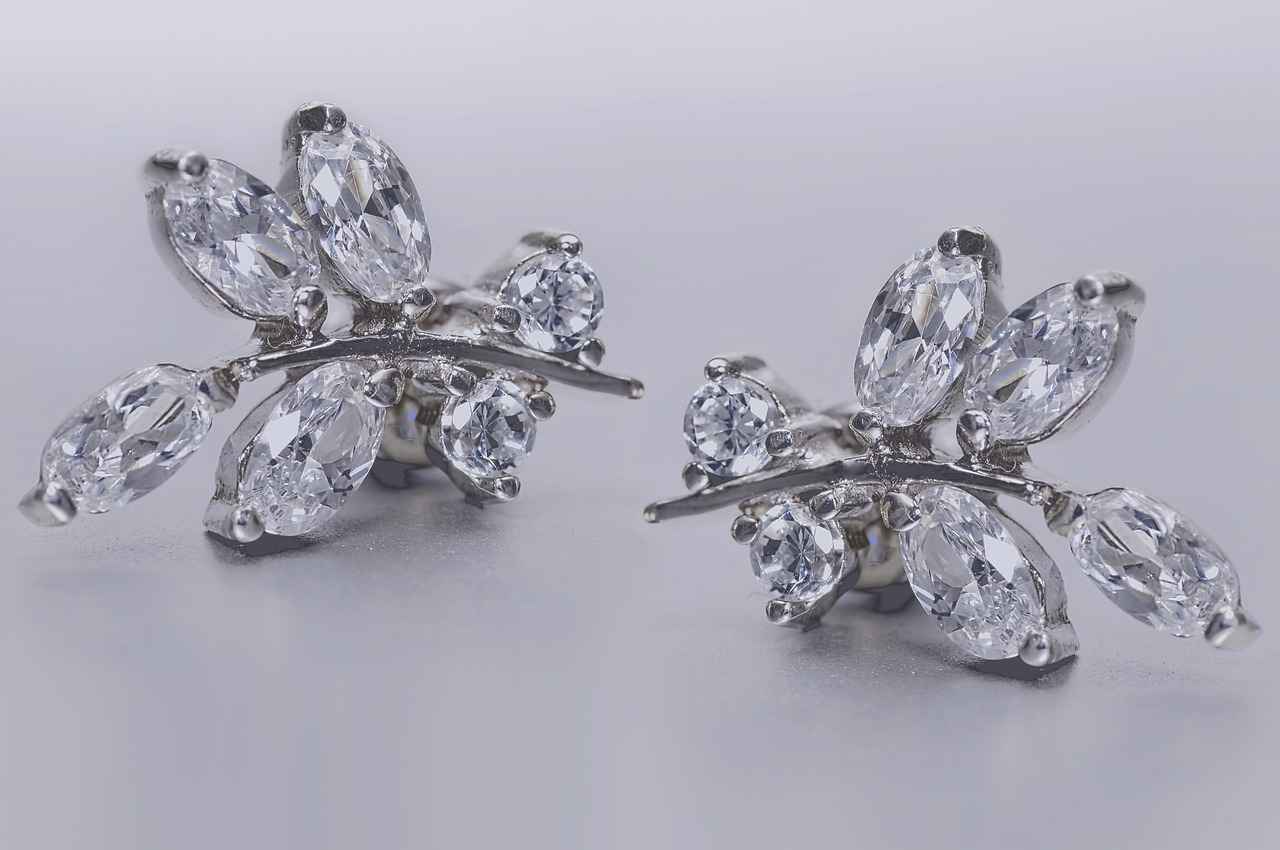
How to Protect Jewelry from Damage?
Jewelry is not just an accessory; it is often a cherished possession that holds sentimental value. Therefore, taking proactive steps to protect your jewelry from damage is essential. In this section, we will explore effective strategies that can help extend the life of your jewelry, ensuring it remains as beautiful as the day you received it.
Jewelry is exposed to various elements that can lead to wear and tear. From daily activities to environmental factors, understanding the importance of protection can help you maintain the beauty and integrity of your pieces. By implementing preventative measures, you can avoid costly repairs or replacements.
- Regular Cleaning: Keeping your jewelry clean is crucial. Use a soft cloth to wipe down pieces after wearing them, removing oils and dirt that can accumulate over time.
- Avoid Exposure to Chemicals: Chemicals found in household cleaners, perfumes, and lotions can damage your jewelry. Always apply these products before putting on your jewelry, and remove pieces when cleaning or swimming.
- Limit Contact with Hard Surfaces: Avoid wearing jewelry while engaging in activities that could cause scratches or dents. For example, remove rings when exercising or doing household chores.
- Store Properly: Use soft pouches or lined jewelry boxes to store your pieces. This prevents tangling and scratching. Consider separating different types of jewelry to avoid damage from friction.
- Use Anti-Tarnish Products: For silver jewelry, consider using anti-tarnish strips or cloths to minimize tarnishing. These products can significantly extend the life of your silver pieces.
- Inspect Regularly: Make it a habit to inspect your jewelry for loose stones or signs of wear. Early detection allows for timely repairs, preventing further damage.
Traveling with jewelry can be risky, but with the right precautions, you can keep your pieces safe:
- Pack Wisely: Use a travel jewelry organizer that keeps items separated and secure. Avoid packing valuable pieces in checked luggage.
- Keep It Close: Always carry your most valuable jewelry with you, rather than packing it away.
- Consider Insurance: If traveling with high-value items, consider insuring your jewelry for added peace of mind.
Sometimes, despite your best efforts, jewelry may require professional care. If you notice significant damage, such as a loose stone or a broken clasp, it’s wise to consult a jeweler. Regular professional cleanings can also help maintain the luster of your pieces.
By implementing these preventative measures, you can significantly extend the life of your jewelry. Protecting your pieces from everyday wear and tear not only preserves their beauty but also ensures that they remain treasured items for years to come.
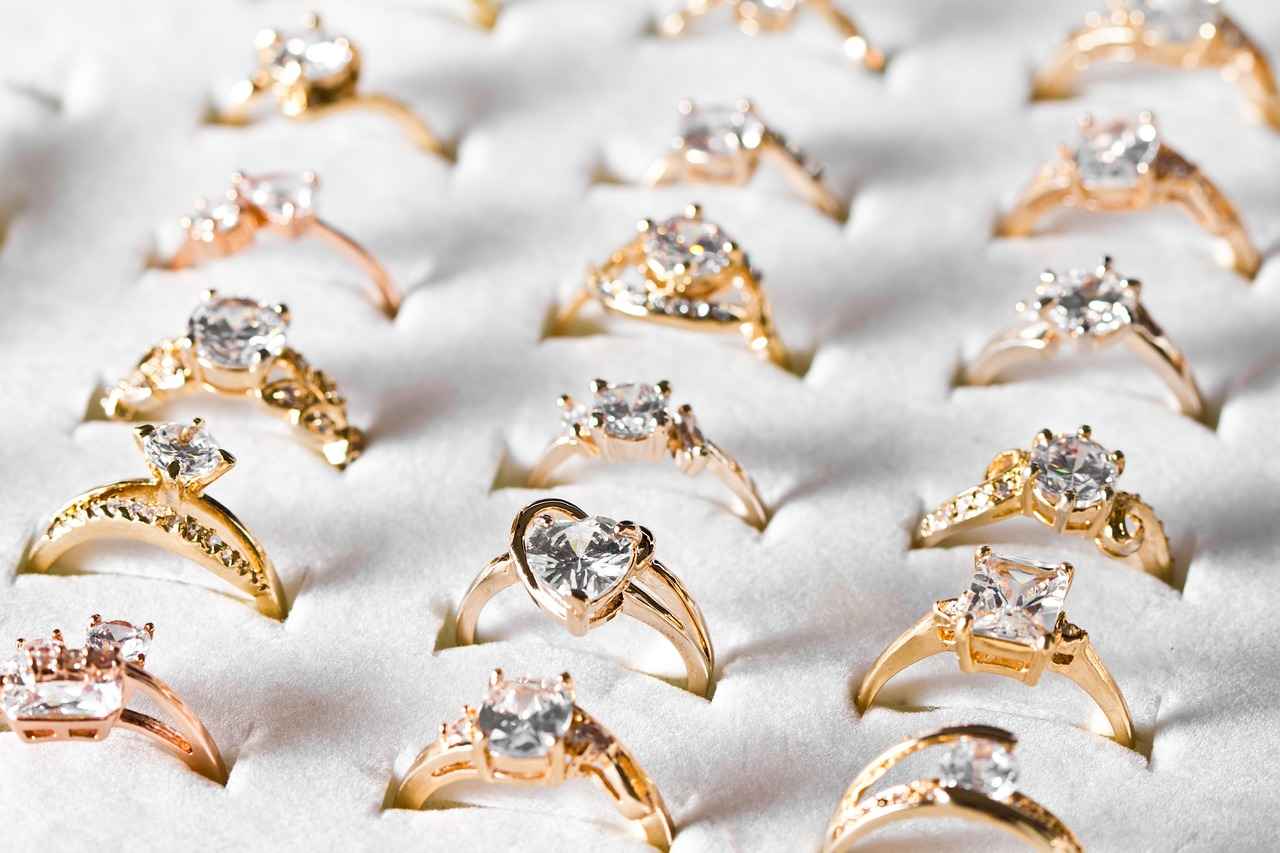
The Importance of Regular Inspections
Jewelry is not just a collection of beautiful pieces; it is often a significant investment that carries sentimental value. To ensure that your cherished items remain in pristine condition, regular inspections are essential. This process allows you to identify any potential issues before they escalate into costly repairs. Below, we delve into the key aspects to check during your inspections, ensuring the integrity of your jewelry is maintained.
- Loose Stones: One of the most critical aspects to check is the setting of any gemstones. Gently shake the jewelry to see if any stones feel loose. If they do, it’s vital to have them reset by a professional to prevent loss.
- Worn Prongs: The prongs that hold your stones in place can become worn over time. Inspect them closely for any signs of bending or thinning, as this can jeopardize the security of your stones.
- Tarnishing: Metals like silver and gold can tarnish, affecting their appearance. Regularly clean your pieces and look for any discoloration that might indicate tarnishing.
- Chain Integrity: For necklaces and bracelets, inspect the links of the chain. Look for any signs of wear or breakage that could lead to a complete chain failure.
- Clasps and Fastenings: Ensure that clasps are functioning correctly. A weak clasp can lead to losing your jewelry without you even realizing it.
It is advisable to conduct inspections at least twice a year, but for frequently worn items, consider checking them quarterly. This proactive approach not only helps in maintaining the aesthetic appeal of your jewelry but also preserves its value.
Identifying issues early can save you time and money. For instance, a loose stone can often be repaired easily, while a lost stone can lead to expensive replacements. Furthermore, regular inspections can help you catch signs of wear that may not be apparent during daily use.
Conducting a thorough inspection can be straightforward with the right tools. Here are some recommended items:
- Jewelry Cleaning Cloth: Use a soft cloth to wipe down your pieces before inspection.
- Magnifying Glass: This can help you see small details that might be missed by the naked eye.
- Jewelry Toolkit: A basic toolkit can assist in tightening loose settings and making minor repairs.
If you notice any significant damage during your inspection, such as a broken clasp or a missing stone, it’s best to consult a professional jeweler. They can provide expert repairs and maintenance that will extend the life of your jewelry.
In summary, regular inspections are a vital part of jewelry care. By taking the time to check for loose stones, worn settings, and other potential issues, you can ensure that your treasured pieces remain beautiful and intact for years to come. Make jewelry inspections a habit, and you’ll enjoy the peace of mind that comes with knowing your jewelry is well cared for.
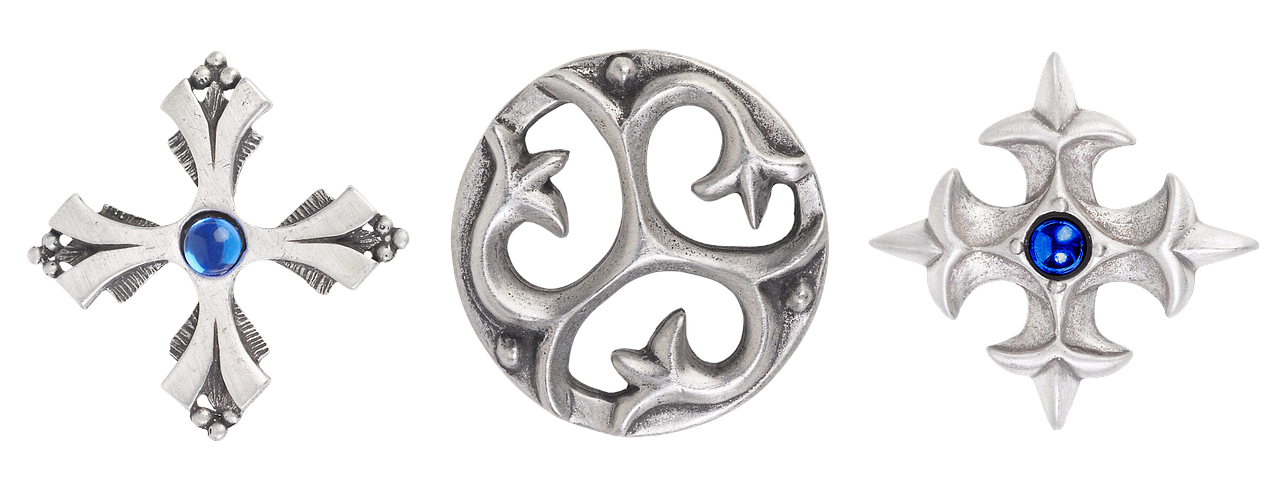
Understanding Jewelry Insurance
Insuring your jewelry is not just a precaution; it is a critical step in safeguarding your valuable pieces. Jewelry often holds significant emotional and financial value, making it essential to consider insurance to protect against loss, theft, or damage. This section delves into the benefits of jewelry insurance and outlines key factors to keep in mind when obtaining coverage for your cherished items.
- Financial Protection: Jewelry insurance provides coverage for the full value of your items, ensuring that you can replace them in the event of a loss. Without insurance, replacing a lost or stolen piece can be a significant financial burden.
- Peace of Mind: Knowing that your jewelry is insured allows you to wear and enjoy your pieces without the constant worry of potential loss or damage.
- Coverage for Repairs: Many insurance policies include provisions for repairs, helping you restore your jewelry to its original condition after damage.
- Worldwide Coverage: Most jewelry insurance policies offer coverage that extends beyond your home, protecting your pieces no matter where you are.
When looking for jewelry insurance, it’s essential to evaluate various factors to ensure you choose the right policy:
- Appraisal: Before insuring your jewelry, get a professional appraisal to determine its current market value. This will help you select appropriate coverage.
- Policy Types: Understand the different types of policies available. Some may cover only specific events like theft, while others provide comprehensive coverage for loss, damage, or theft.
- Deductibles: Be aware of the deductible amounts associated with your policy. A higher deductible may lower your premiums but could result in higher out-of-pocket costs in the event of a claim.
- Claims Process: Familiarize yourself with the claims process of the insurance provider. A straightforward and efficient claims process can save you time and stress when you need to file a claim.
Selecting the right insurance provider is just as crucial as the coverage itself. Here are some tips:
- Research: Look for reputable insurance companies with positive reviews and a track record of reliable service.
- Consultation: Speak with an insurance agent who specializes in jewelry coverage. They can offer tailored advice based on your specific needs.
- Compare Policies: Don’t settle for the first policy you find. Compare multiple options to ensure you get the best coverage for your investment.
Neglecting to insure your jewelry can lead to significant consequences:
- Financial Loss: In the event of theft or damage, you may face the full cost of replacement or repair without insurance.
- Emotional Distress: Losing a treasured piece can be emotionally devastating, and the financial implications can exacerbate that distress.
In conclusion, jewelry insurance is an essential aspect of jewelry ownership that provides both financial security and peace of mind. By understanding the benefits and considerations of insuring your jewelry, you can make informed decisions that protect your valuable pieces for years to come.
Frequently Asked Questions
- How often should I clean my jewelry?
It’s a good idea to clean your jewelry regularly, ideally every few months, depending on how often you wear it. If you notice dirt or tarnish, don’t wait—give it a clean!
- Can I use household cleaners on my jewelry?
Not all household cleaners are safe for jewelry. Stick to gentle soap and warm water for most pieces, and avoid harsh chemicals that can damage your gems or metals.
- What’s the best way to store my jewelry?
Store your jewelry in a cool, dry place, preferably in a jewelry box or a soft pouch. This helps prevent scratches and tangles, keeping your pieces looking their best.
- When should I seek professional cleaning?
If your jewelry is heavily tarnished or has intricate settings, it’s best to consult a professional. They have the tools and expertise to clean without causing damage.
- How can I protect my jewelry from damage?
To protect your jewelry, avoid wearing it during activities like swimming or exercising, and always store it properly. Regular inspections can also help catch potential issues early.
